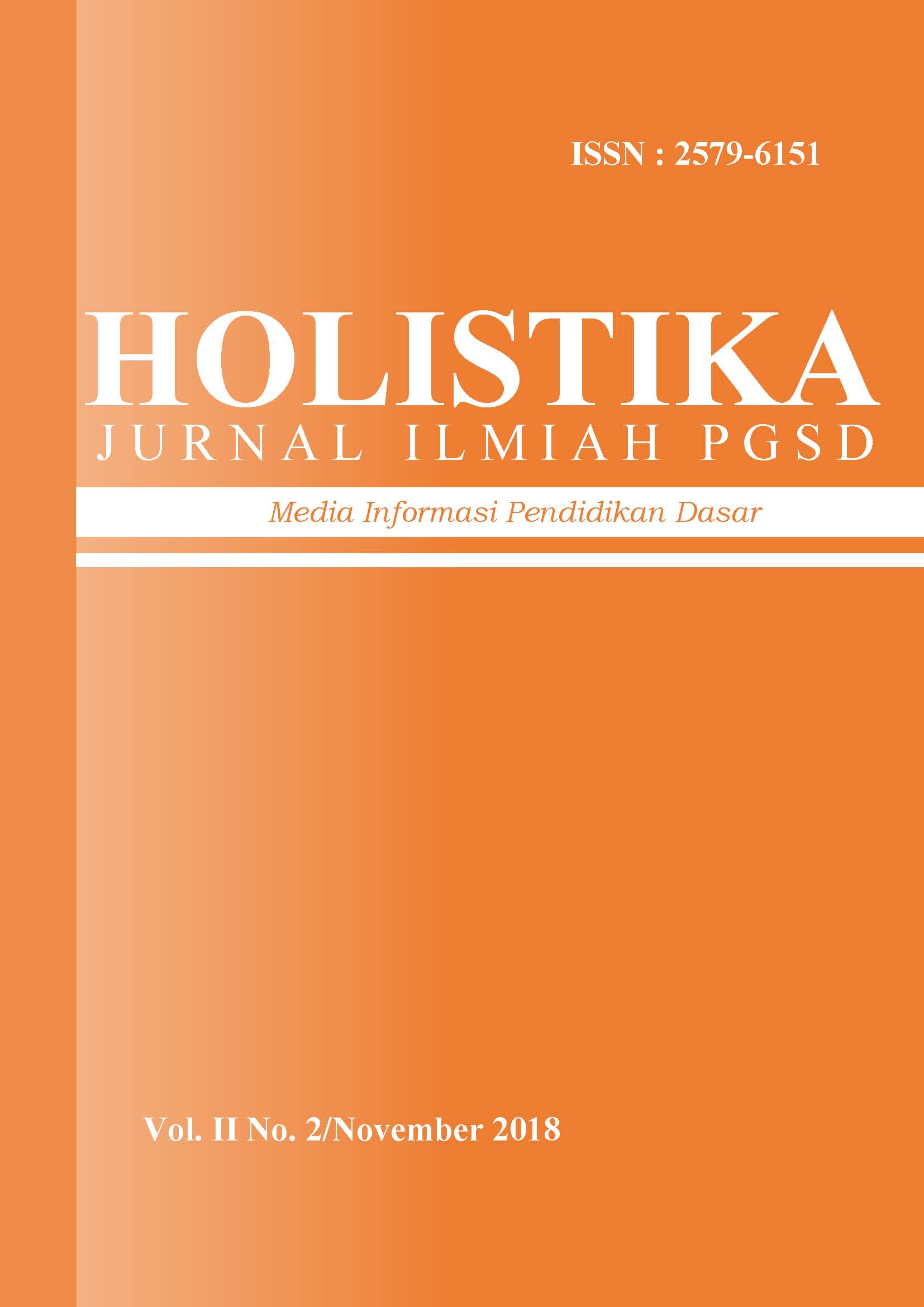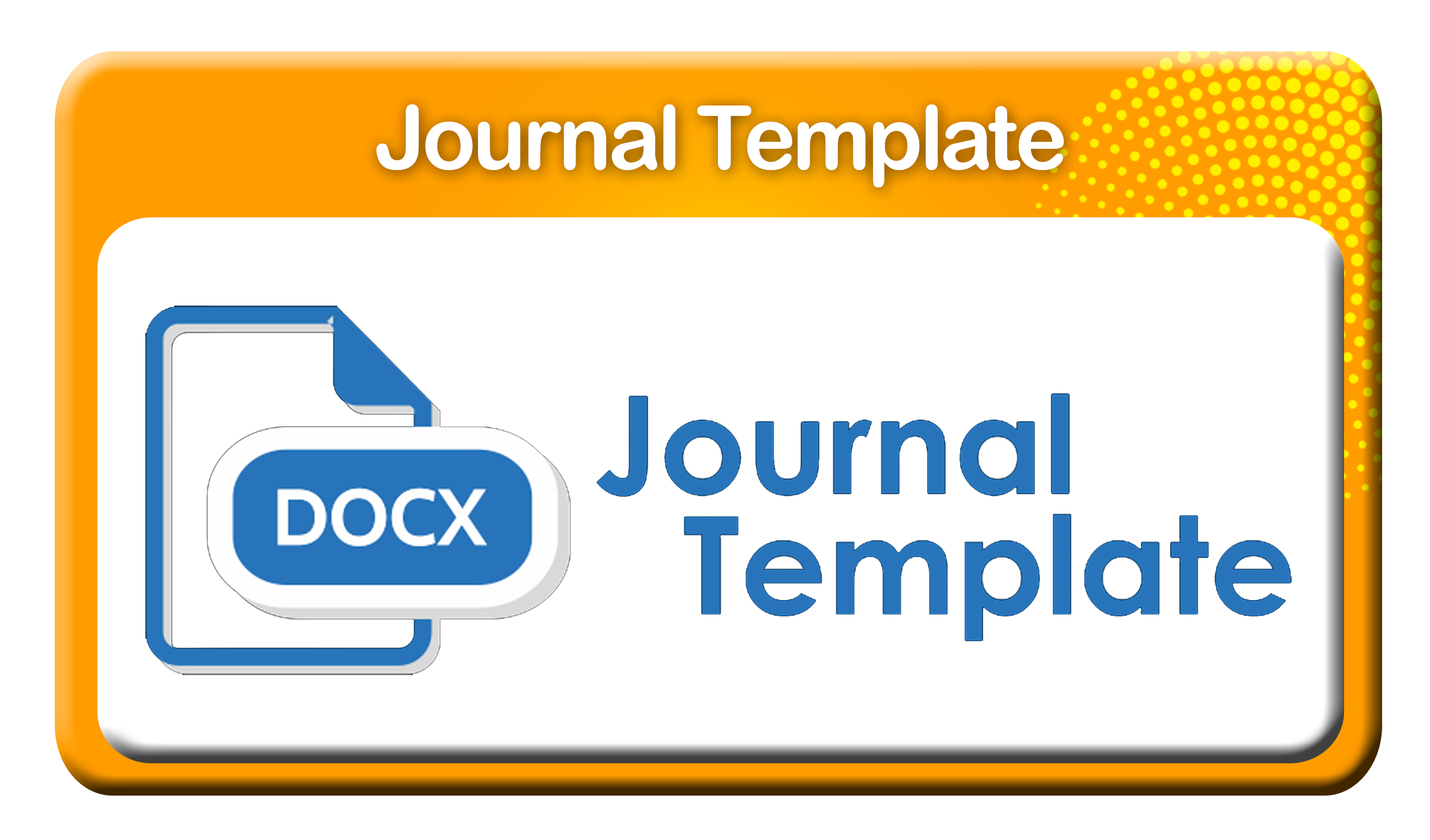PERBEDAAN KONDISI SANITASI SEKOLAH TERHADAP SUASANA BELAJAR
DOI:
https://doi.org/10.24853/holistika.2.2.71-76Abstract
ABSTRACTThe research is motivated by a lack of awareness and understanding of the importance of maintaining a healthy school environment. Efforts to create good school sanitation to create a conducive learning environment in class. The purpose of this research is to find out whether there are differences in school sanitation conditions towards a conducive learning atmosphere in grade 5 at Sinar Cendikia School and Muhammadiyah 3 Elementary School. This study uses descriptive quantitative methods. With the analysis by T test. The results of the study show that the results obtained for t table are 2.001 (see attachment table t). Because the value of t count> t table (4,034> 2,001), it can be concluded that there is a significant difference between school A and school B. Therefore, the researcher can conclude that there is a difference in school sanitation towards the learning atmosphere at SD Sinar Cendikia and also SD Muhammadiyah 3 , Keywords: school sanitation, learning situation, healthy school ABSTRAKPenelitian ini dilatar belakangi oleh kurangnya kesadaran dan pemahaman tentang pentingnya menjaga lingkungan sekolah yang sehat. Upaya menciptakan sanitasi sekolah yang baik untuk untuk menciptakan Susana belajar yang kondusif dikelas. Adapun tujuan dalam penelitian ini karena ingin mengetahui Untuk mengetahui apakah terdapat perbedaan kondisi sanitasi sekolah terhadap suasana belajar yang kondusif pada kelas 5 di Sekolah Sinar Cendikia dan SD Muhammadiyah 3. Penelitian ini menggunakan metode kuantitatif deskriptif. Dengan analisis dengan uji T. Hasil Hasil penelitian menunjukkan bahwa Hasil yang diperoleh untuk t tabel sebesar 2.001 (lihat pada lampiran tabel t). Karena nilai thitung > ttabel (4.034 > 2.001) maka dapat disimpukan bahwa terdapat perbedaan yang signifikan antara sekolah A dan sekolah B. Oleh karena itu, peneliti dapat mengambil kesimpulan bahwa terdapat perbedaan sanitasi sekolah terhadap suasana belajar di SD Sinar Cendikia dan juga SD Muhammadiyah 3. Kata Kunci: Sanitasi sekolah, suasana belajar, sekolah sehatReferences
Alifia, Mursid dan Nikie. 2016. Hubungan
Kualitas Sanitasi Lingkungan Dan Bakteriologis Air Bersih Terhadap Kejadian Diare Pada Balita Di Wilayah Kerja Puskesmas Adiwerna Kabupaten Tegal. Jurnal Kesehatan Masyarakat Volume 4 Nomor 3, (http://ejournal-s1.undip.ac.id/index.php/jkm, diakses pada 28 September 2017)
Badrudin, 2014. Manajemen Peserta Didik. Jakarta: PT Indeks
DePorter, Bobbi. Dkk. 1999. Quantum Teaching: Mempraktikkan Quantum Learning Di Ruang Kelas (Edisi ke-1). Terjemahan Oleh: Ary Nilandari. Bandung, Indonesia: Kaifa
Kamelta, Edno, 2013. Pemanfaatan Iinternet Oleh Mahasiswa Jurusan Teknik Sipil Fakultas Teknik Universitas Negeri Padang. Cived, Vol 1 2013: 142-146.
Peraturan Pemerintah Republik Indonesia Nomor 66 Tahun 2014 Kesehatan Lingkungan. 6 Agustus 2014. Lembaran Negara Republik Indonesia Tahun 2014 Nomor 184.
Rahyubi, Heri, 2012. Teori – Teori Belajar Dan Aplikasi Pembelajaran Motorik Deskripsi Dan Tinjauan Kritis. Majalengka: Nusa Media.
Sugiyono, 2015. Metode Penelitian Pendidikan Pendeketan Kuantitatif, Kualitatif, Dan R&D. Bandung: Alfabeta
Downloads
Published
How to Cite
Issue
Section
License
Authors who publish with this journal agree to the following terms:
- Authors retain copyright and grant the journal right of first publication with the work simultaneously licensed under a Creative Commons Attribution License that allows others to share the work with an acknowledgement of the work's authorship and initial publication in this journal.
- Authors are able to enter into separate, additional contractual arrangements for the non-exclusive distribution of the journal's published version of the work (e.g., post it to an institutional repository or publish it in a book), with an acknowledgement of its initial publication in this journal.
- Authors are permitted and encouraged to post their work online (e.g., in institutional repositories or on their website) prior to and during the submission process, as it can lead to productive exchanges, as well as earlier and greater citation of published work (See The Effect of Open Access).


















